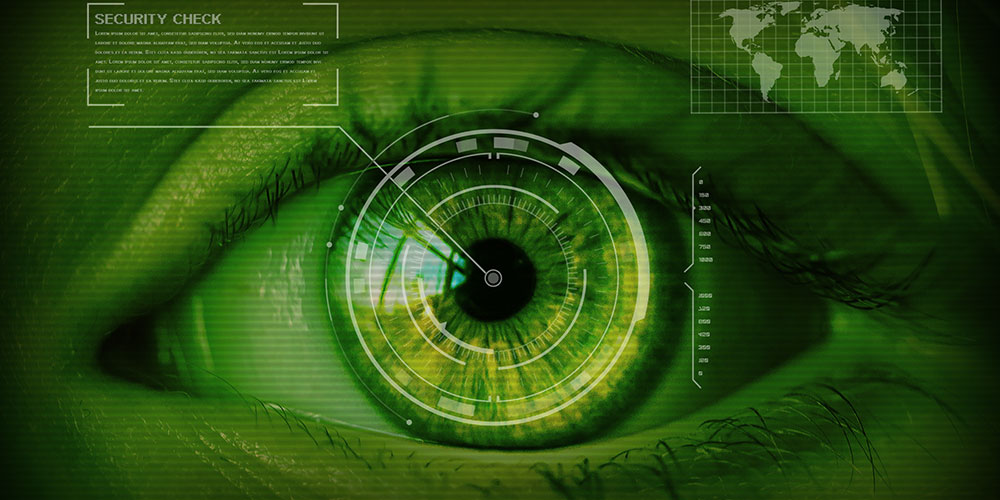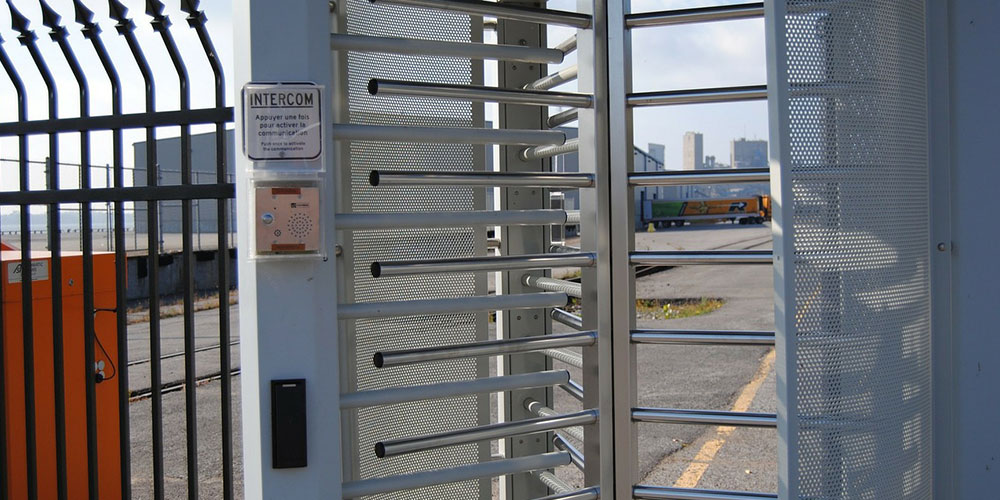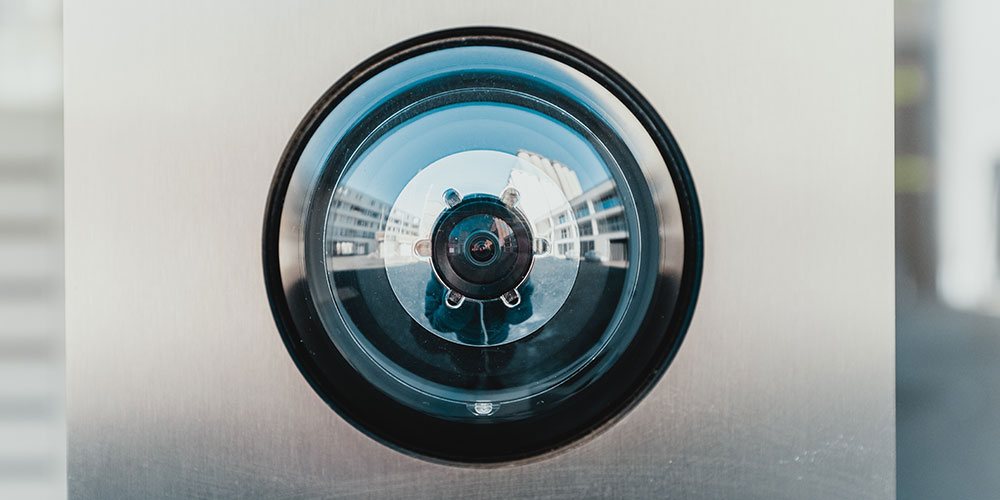
How does an electronic system for access and gate control work? How should it be structured? Read this guide to find out more!
How to design an electronic access control that is effective and safe?
In order to design and implement an
effective access control system, it is necessary to have various
interdisciplinary knowledge . These skills must also range in very different areas: organization of business processes, information technology, electronics, control and data transmission. Furthermore, it is necessary to have the appropriate skills to be able to integrate an access control system with a
security and video surveillance system (and also, if necessary, with a functional fire detection system).
The aim of this short guide is to inform you in a simple and clear way on
how an access control system must be structured and of which devices it is composed .
Are you interested in access control products? Click here and immediately discover all the items for sale on Windowo!
What are referred to by the terms "access" and "passage"?
The term
access refers to the
physical passage to a certain place through an "
opening ". This opening can assume different physical-technical conformations according to the various needs.
In particular, the following gates are widely used in numerous applications:
- doors (which can vary in size and construction types);
- gates;
- doors placed outside (pedestrian or driveway);
- parking bars;
- bipod, tripod, swing, full height turnstiles, push doors and the like.

What does "control access" mean?
Physical access control can be carried out by
people (guardians, porters, receptionists), by
mechanical means (keys and locks) or by an
electronic access control system .
In physical security, the term access control refers to the practice of
authorizing only accredited persons to enter a property, building or room.
What are the differences between a system that controls access and one that checks attendance?
Access control relates to physical security: who, where, when, how and why a user can access a building or a restricted, dangerous internal area ... etc. The attendance survey concerns the management of personnel: entry and exit times are recorded to calculate the hours worked, divide them by salary classes and then pass the data to the payroll program which produces the pay and salary slips every month.
What are the characteristics of an electronic access control?
Electronic locks have acquired a prominent position in the world of security tools. While mechanical locks can only be opened or closed by the appropriate key, electronic locks introduce intelligent concepts that ensure that information regarding the use of the door is stored to reconstruct the
sequence of use of the door in advance.
An access control system determines
who is allowed to enter or exit,
where they are allowed to enter or exit and
when they are allowed to enter controlled access.
Mechanical doors and windows with keys do not allow to configure access policies through the gate on a day-hour basis and when a mechanical key is lost there is the dangerous drawback that it can be easily copied and transferred to an unauthorized third person. An electronic access control, on the other hand, is able to architect access policies based on user credentials, by the hour or by the day.
When access is allowed the door is unlocked for a predetermined period and access through the user's door is recorded on the database. When access is refused the door remains closed and the access attempt is reported to the database. The system can also signal an attempted stealth access through the passage through a visual and audible alarm.

What equipment is an electronic access control system composed of?
An electronic access control system consists of:
LAUNCH:
door, anti-panic doors, gates, tripod turnstiles, full-height turnstiles, vehicle bars, automatic hatch ... etc.
ACTUATOR:
- electric locks and electric strikers for doors, swing gates and gates;
- electrically or pneumatically operated pistons for armored doors and turnstiles;
- electric motors for gates.
READER:
Depending on the authentication methods there will be three different readers:
- a reader with keyboard to compose passwords;
- a device that reads magnetic or RFID badges;
- a biometric device capable of reading certain physical characteristics (usually fingerprints).
FORM FOR REPORTING THE PHYSICAL STATE OF THE GATE:
The operation of an actuator depends on the state of the door. The physical states of the door are normally provided by a magnet switch placed on the door inside the passage, while those of locked and unlocked are provided by the actuator. With these signaling modules, you know the status of the controlled door: door closed and unlocked, closed and locked, open and unlocked.
MANAGEMENT SOFTWARE:
The management software must be able to manage access policies and process data just in time.
Access credentials: what are they and what authentication methods are there?
The access credentials of a user are read by a reader which sends the data to a control panel. The control panel compares the user's access credentials with those present in the database and allows or not the passage through the controlled gate.
There are basically three authentication methods when access is passed:
- the first revolves around something the user knows, password, PIN;
- the second revolves around something the user has, RFID or magnetic badge;
- the third is based on physical characteristics that the user possesses (biometrics).
Depending on the three authentication methods there will be three different readers:
- a reader with keyboard to compose passwords;
- a device that reads magnetic or RFID badges;
- a biometric device capable of reading certain physical characteristics (usually fingerprints).
Is the form for the physical state of the gate mandatory?
The system can be certified according to CEI EN 50133-1 NORMS Classification 79-14 at Level I only if there is absolute control of the door status. Therefore the gate control is not mandatory but without it the entire system cannot be defined as an access control and therefore it is not a security system.
Does activating a door opener correspond to the access control system?
This is incorrect since a door opener is not an access control system. The difference is that an access control system is equipped with a module for the physical state of the door while the door opener does not.
"White list" and "black list": how are groups of people identified in access control systems?
White / black list are terms specific to electronic access control systems. With these terms we mean to identify the list of people authorized to cross access (white list) or the list of people who do not have the credentials to access a specific area (black list).

Relationship between video surveillance system and access control
It is necessary to take advantage of video surveillance systems in compliance with the principles dictated by the guarantor of necessity, lawfulness and proportionality. Therefore an access control system can be assisted by an electronic eye only when there are real and demonstrable security needs. It is also necessary to consider that workers are not recaptured.
Relationship between visitor management system and access control
It depends on which policy is adopted to welcome visitors. There are 2 types of companies, those that always accompany visitors and those that do not accompany visitors. If you fall into the second type of company, you should integrate a visitor management system with access control.
Electronic "hands-free" access control system
Of course, with RFID technology it is possible to structure a series of solutions that solve the most disparate problems at work or in everyday life. Keep in mind that it is possible to structure an access control with license plate reading video cameras; in this way the vehicles in the white list cross the gate freely, leaving traces of the passage in the database.
We have prepared this guide on access control systems to help those approaching these topics for the first time. We hope we have been able to help you make an informed and informed purchase.



